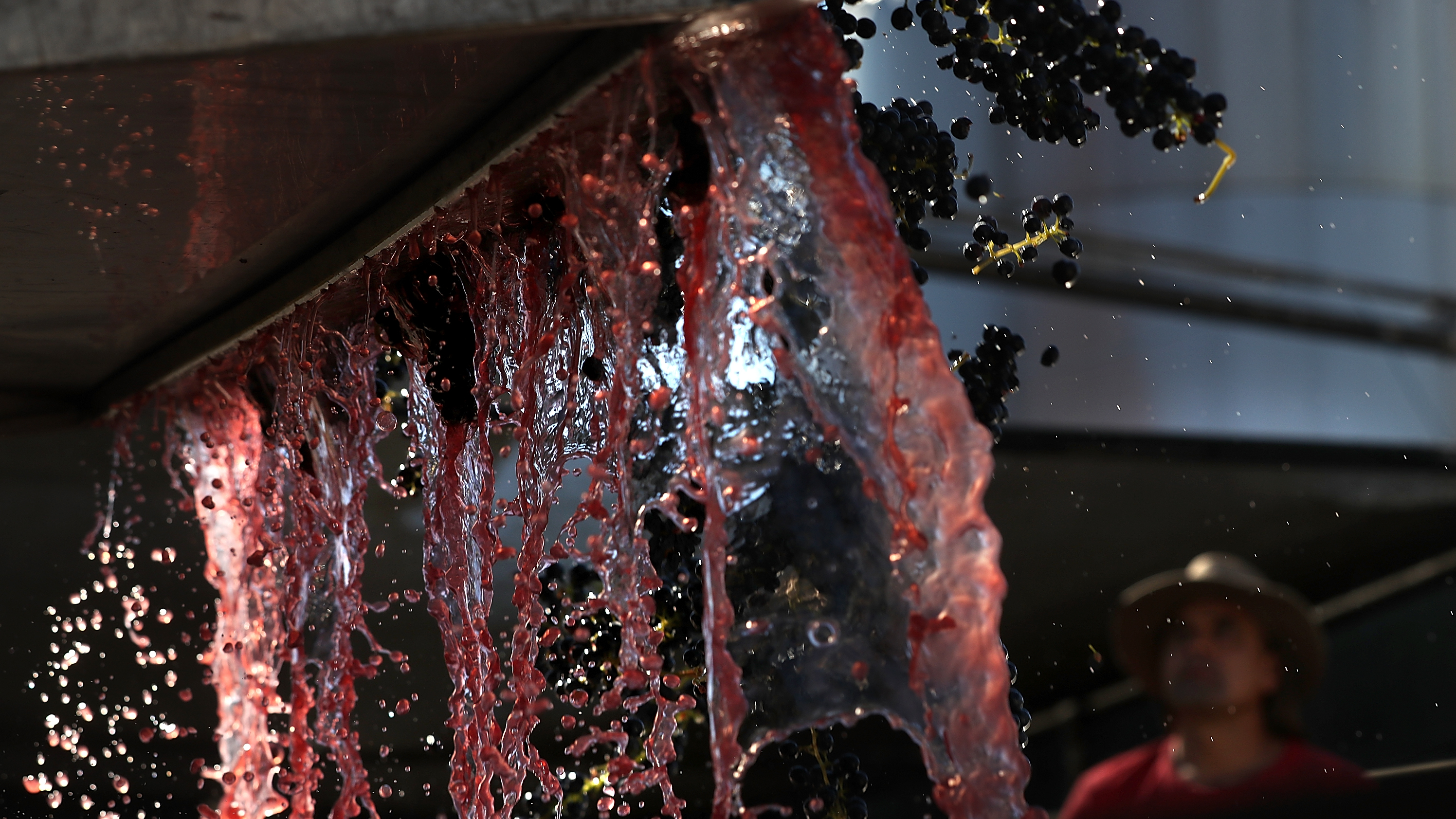The California Wine Industry Is Worried About "smoke Taint" From Wildfires
The record-breaking wildfires in California, Oregon, and British Columbia have caused an unbelievable amount of damage, with more than 10,000 homes destroyed and dozens of people killed since October 2017, per the Los Angeles Times. It's grim stuff, grimmer by far than how those fires affect the wine industry on the West Coast—but it has had an effect, all the same. The fires could change the taste of wines made in the region, and the term used to describe those changes is "smoke taint."
The North Bay Business Journal reports that the Lake County Wine Commission is partnering with ETS Laboratories to research and test for smoke taint, hopefully determining if, and how, wines have been affected:
Australian research on the interplay between smoke in the air and potentially unpleasant "ashtray" smells and flavors in the bottle has increased the number of culprit compounds to test for to seven, up from two. But how tests on grapes and wine will predict "smoke taint" and how winery can fix issues remain to be solved, according to local analysts.
The chemical markers associated with the smoke taint flavors and odors can occur as both nonvolatile precursors and volatile compounds. The nonvolatile precursors bond to grape juice sugars and are released gradually during the process of fermentation, becoming volatile. Both can be detected, but at present, not much is known about how those levels will predict smoke taint. And, as the Business Journal notes, "Some varieties of grapes, especially syrah, have naturally high levels of precursor compounds, and wine contact with toasted oak in barrels and tanks will skew results."
In layman's terms, that means that scientists can identify the compounds associated with smoke taint, but not if those compounds will actually negatively affect the taste. Just because it's there doesn't mean it will be bad.
Another, slightly grim, factor: They don't have a baseline against which to test U.S. appellations, as compared with Australia, which has "multiple years of no-fires test results."
The result is that purchasers are balking at grape hauls they'd previously agreed to buy, citing smoke taint—which may or may not be a problem—as the concern. The Business Journal spoke with grower and winemaker Clay Shannon, who's hoping to crush enough grapes for 360,000 12-bottle cases of wine this year. Roughly one-third of the grapes he's using for that purposes are grapes rejected by the original buyers.
There are grapes that are tainted—the Business Journal piece mentions that Shannon has 30 acres of pinot noir vines and five acres of pinot gris that have taint issues—but, according to Shannon, there are still plenty of good grapes out there: "Shannon plans to work with the Long Valley wine this year to try to make great wine, similar to what his company did in making 1,400 cases from barbera grapes tainted during the 2008 blazes. He likened it to not rejecting a child or partner who wasn't perfect."
